There are few major events that are always talked about, like the Great Plague in London would be one, but the event that eventually helped to curb it is not really known that well.
The Great Fire of London in 1666, happened right sometime after the plague, lasted 4 days, from 2nd September to 5th September and destroyed almost 13,200 houses, 87 parish churches and even some popular buildings like The Royal Exchange, Guildhall and St. Paul’s Cathedral.
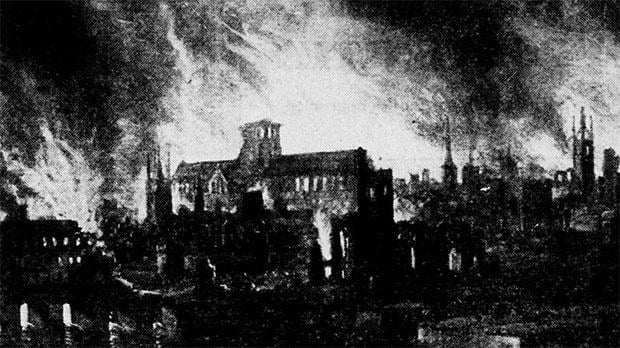
Although it created massive damage to the city, fortunately, it did not reach the suburban slum areas or the Westminster district along with Charles II’s Palace of Whitehall.
But what exactly caused this fire? And how exactly did the Great Fire help in stopping the Great Plague from spreading?
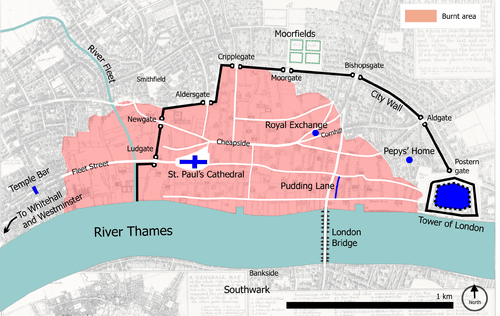

The Baker Did It
Allegedly, it is said that the fire spread from the bakery of Thomas Farriner King Charles II’s baker, who had his shop on Pudding Lane, around midnight of 2nd September.
Although the baker has denied this for his entire life after the fire occurred, and according to sources Farriner claimed that his oven was cleaned out and raked and could not have started the fire at all, people still believe that there is evidence that his bakery caused the fire.
The curator of Museum of London’s exhibition on this event called ‘Fire! Fire!’ in an interview with Guardian said that “it started in the bakery, all the evidence points in that direction.”



Till date, it is not really proven who exactly caused the fire, but there is talk that the fire could have been stopped or restricted from doing the amount of damage it did if Lord Mayor of London Sir Thomas Bloodworth had taken the decision of creating ‘firebreaks’ in time.
The wind only further aggravated the fire along with the close and cramped manner of the houses and the fact that majority of the houses were made from wood and thatch, helped the fire to spread much further and bigger than it would have otherwise.
The summer of that year was also filled with droughts and created a dry canvas for the fire to play around in.
Samuel Pepys, a diarist has provided the best-recorded account of the fire and it was his idea of destroying several buildings in order to remove the line of wood that the fire followed that helped to lessen the damage and might have even prevented some deaths.
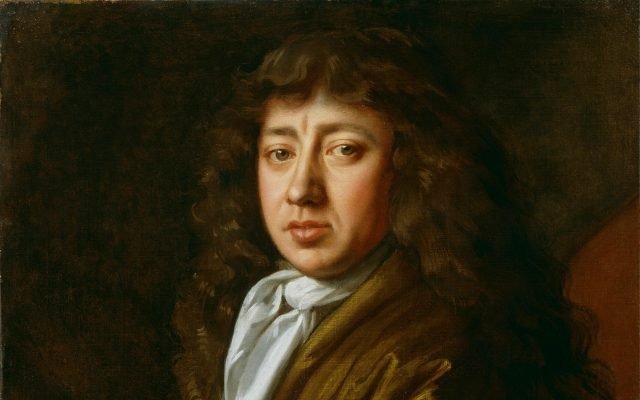

Read More: Let This Café In Rajouri Teleport You To London, We LivED It!
How Many People Died?
As per official records, only 6 people died in the massive fires that consumed the entire city and lasted 4 days.
However, it was also recorded that about 10,000 people were homeless after the fire, with many having to live in temporary shabbily built shacks for as long as 8 years.


The reason why the death toll is so small is because according to sources, the deaths of the poor people and those hailing from the middle-class sector were not added to the record and the fire itself could have burnt away the victims leaving them unrecognisable.
The reason why almost 10,000 people could survive is given not only to Pepys but also to King Charles II who took a leadership role in this time of crisis to save the city and even worked to giving rations to the now homeless people.
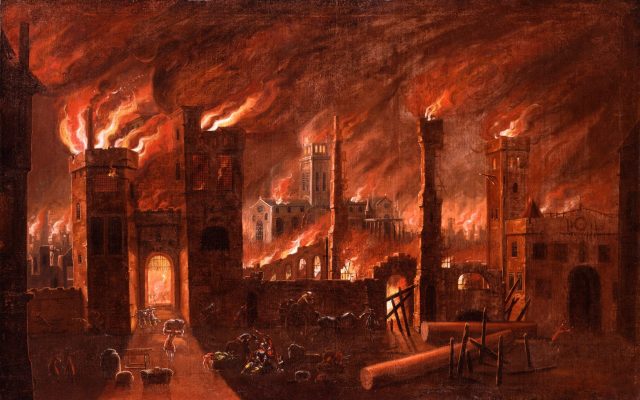

How Did It Help London?
Even in the face of such damage and destruction, the fire did have a few positives that helped London to become the city it is.
As per sources, the fire helped in destroying the plague affected areas of the city along with many open sewers and slum areas that could have made the plague go on for longer than it did.
The fire also helped in giving the authorities a clean slate to rectify and repair the city in a more organized manner, something which was not possible due to the already constructed buildings.
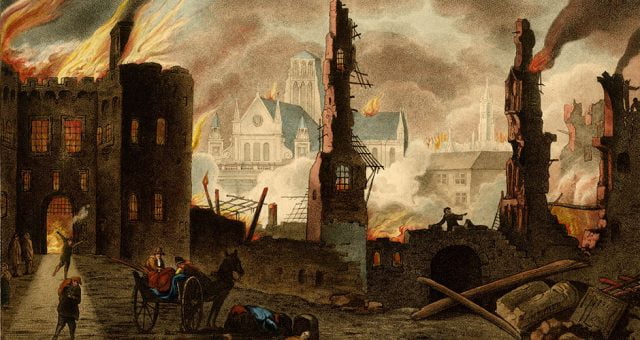

The 1667 Rebuilding Act eventually helped the city authorities tackle the problem areas of the city that worked in the fire’s favour along with also working on the sanitation and hygiene of the city.
The act also stated that from now on houses will only be built solely with brick and stone, seeing as the wood and thatch were extremely easy to catch fire.
The fire introduced the system of insurance with a Fire Court being set up to decide who would pay for the damages along with the first insurance company being formed called Fire Office in 1667.
Image Credits: Google Images
Sources: BBC News, Wikipedia, Museum of London
Other Recommendations:
http://edtimes.in/2017/11/check-out-underrated-places-london/



































